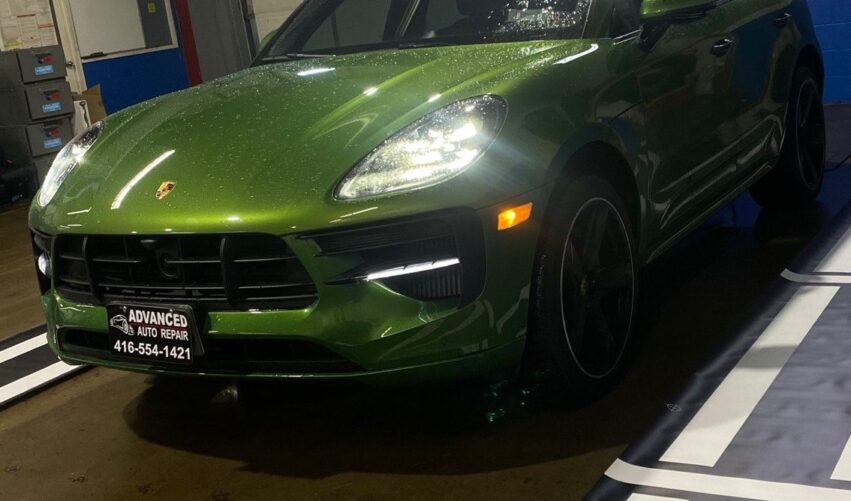
ADAS Calibration
ADAS stands for Advanced Driver Assistance Systems a collection of safety technologies that help your vehicle detect and respond to its surroundings.
Why ADAS Calibration Matters
- Ensures safety systems work properly and react at the correct time
- Prevents false alerts or system failures (e.g. emergency braking when not needed)
- Restores the vehicle to factory specifications after any work or damage
- Keeps your warranty and insurance coverage valid
- Protects you, your passengers, and others on the road
- ADAS sensors are aligned to the geometry of the vehicle changes in ride height or
alignment can throw them off.
When Do You Need ADAS Calibration?
You should get your ADAS system calibrated whenever any of the following occurs:
- Collision or bumper damage
- Wheel alignment or suspension work
- Replacing sensors or modules
- Windshield replacement
- Changing tires or rims (on some vehicles)
Explore our comprehensive ADAS services below:
1. Static and Dynamic Calibration:
-
Static: Calibration done with the vehicle stationary, usually in a controlled environment using targets or tools.
-
Dynamic: Calibration performed while driving, allowing sensors to adjust based on real-world conditions.
2. Adaptive Cruise Control (ACC):
Automatically adjusts vehicle speed to maintain a safe distance from the car ahead using radar and cameras.
3. Lane Departure Warning (LDW):
Monitors lane markings and alerts the driver if the vehicle unintentionally drifts out of its lane.
4. Blind Spot Detection(BSD):
Uses sensors to detect vehicles in the driver’s blind spots and provides visual or audio warnings.
5. Around View Monitoring (AVM):
Combines multiple cameras to give a 360-degree bird’s-eye view around the vehicle to assist parking and low-speed maneuvers.
6. Navigation Vision Systems (NVS):
Integrates camera input with GPS and map data to improve navigation accuracy and assist driver decisions.
7. Rear Collision Warning (RCW):
Detects approaching vehicles from behind and warns the driver to prevent or mitigate rear-end collisions.
8. Light Detection and Ranging (LiDAR):
Uses laser pulses to create precise 3D maps of the environment, enhancing object detection and distance measurement.


